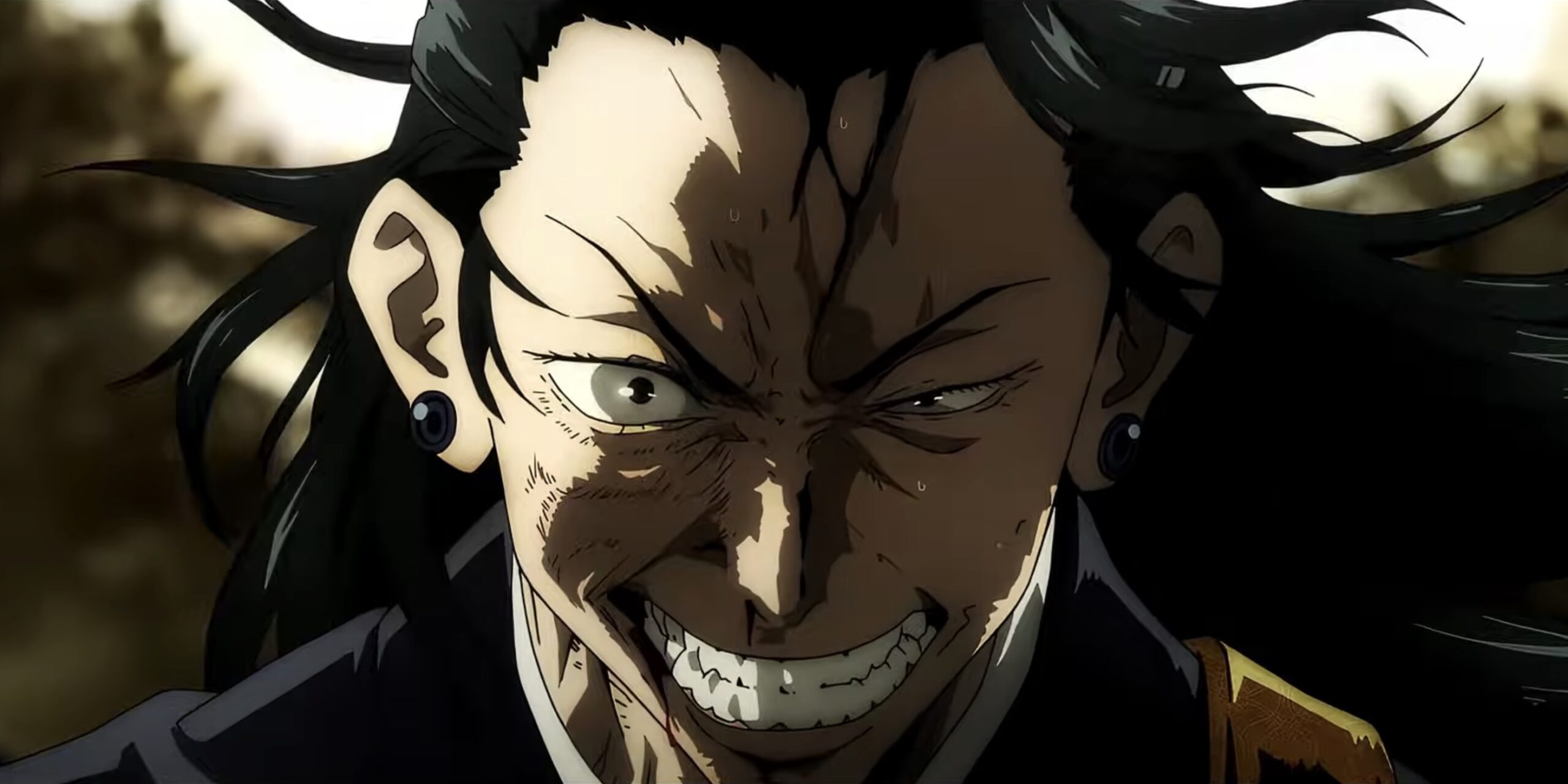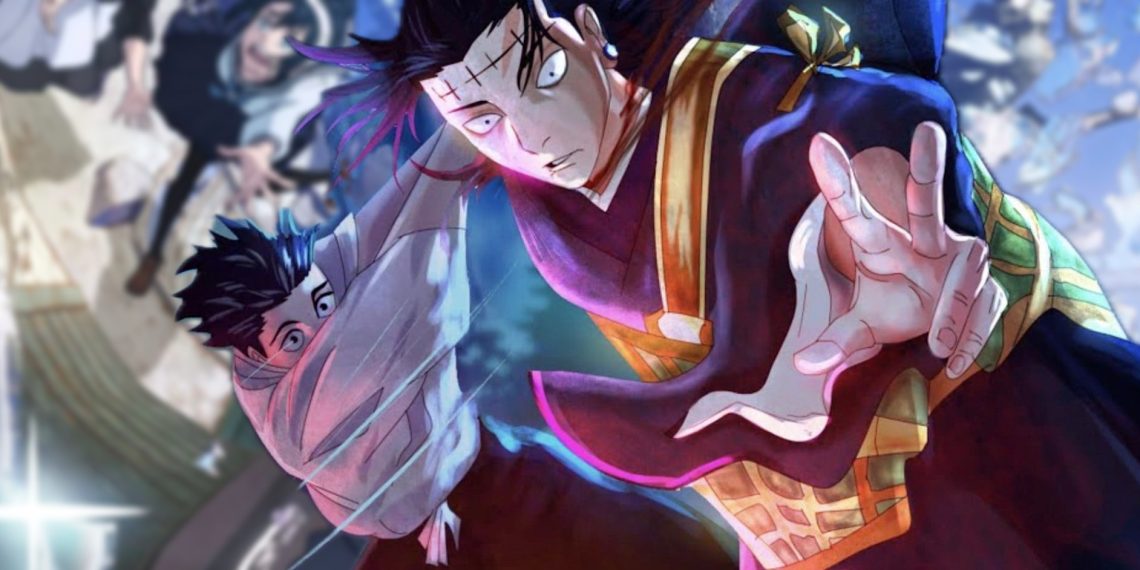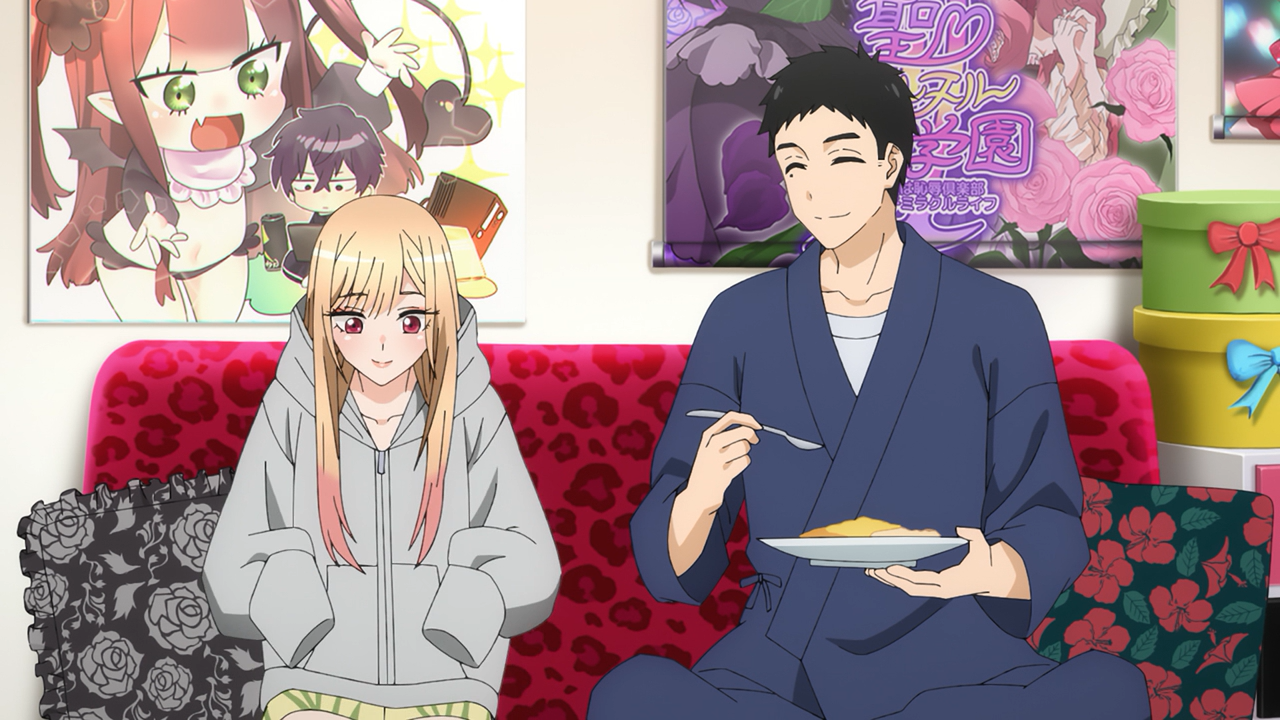The latest chapter of the Jujutsu Kaisen manga centers around an intense battle between two powerful characters – Yuta Okkotsu and Ryomen Sukuna.
This is the first time readers witness Yuta utilize his Domain Expansion ability. While the fight takes center stage, the chapter also tackles some dangling plot threads regarding the antagonists Kenjaku and Suguru Geto.
It seems Yuta has managed to defeat and likely kill Kenjaku, one of the primary villains of the series up until this point. Eliminating such an influential foe marks a major shift in the overarching story.
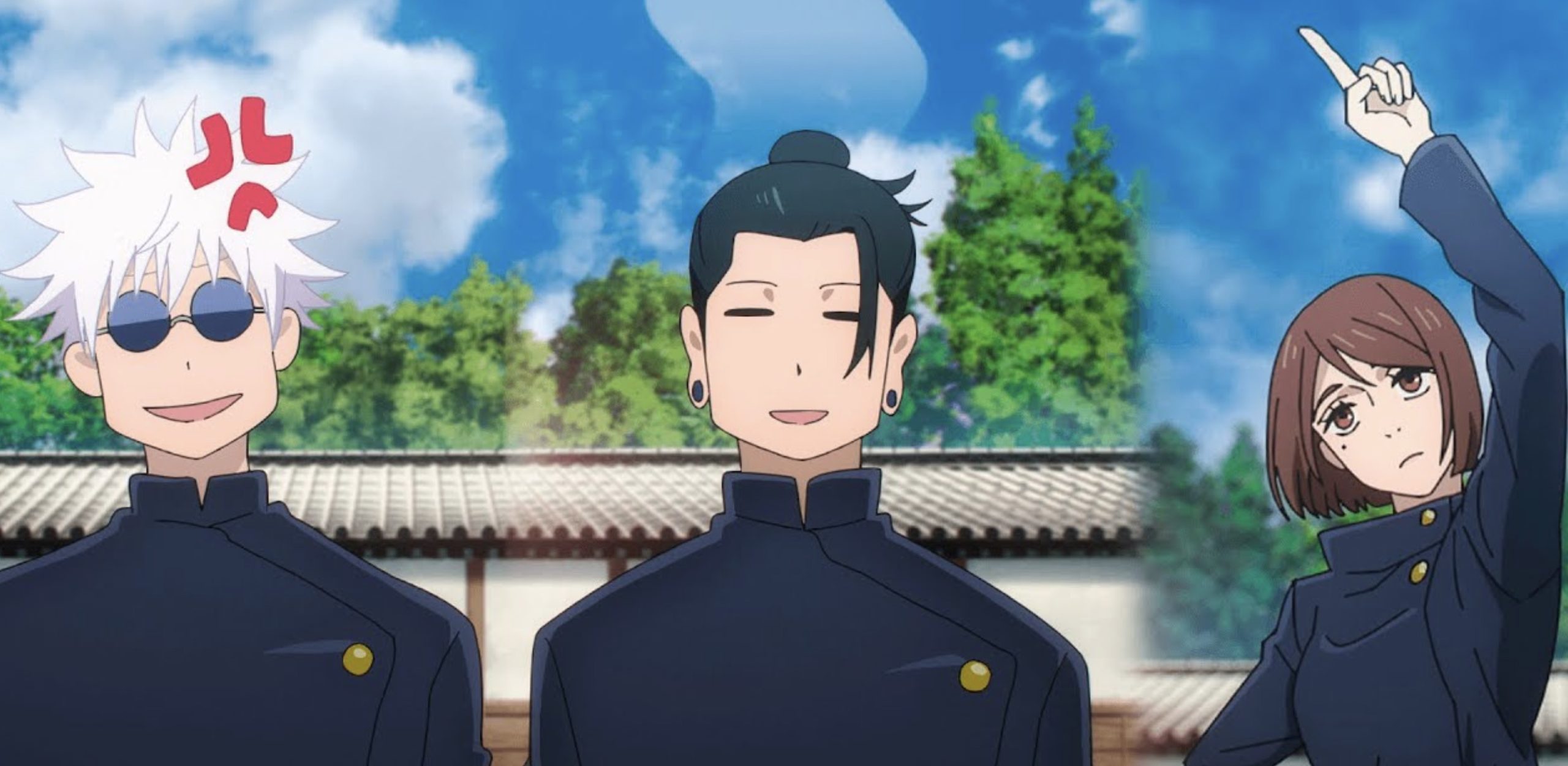
Additionally, Kenjaku’s downfall indirectly explains why Geto survived as a dangerous curse manipulator terrorist for 10 years without being stopped – his goals secretly aligned with Kenjaku’s grand schemes behind the scenes.
The chapter balances high-stakes action with clarification of some unresolved narrative mysteries. Yuta unveils more of his powers against the formidable Sukuna, while Kenjaku’s ambitions are apparently halted for good.
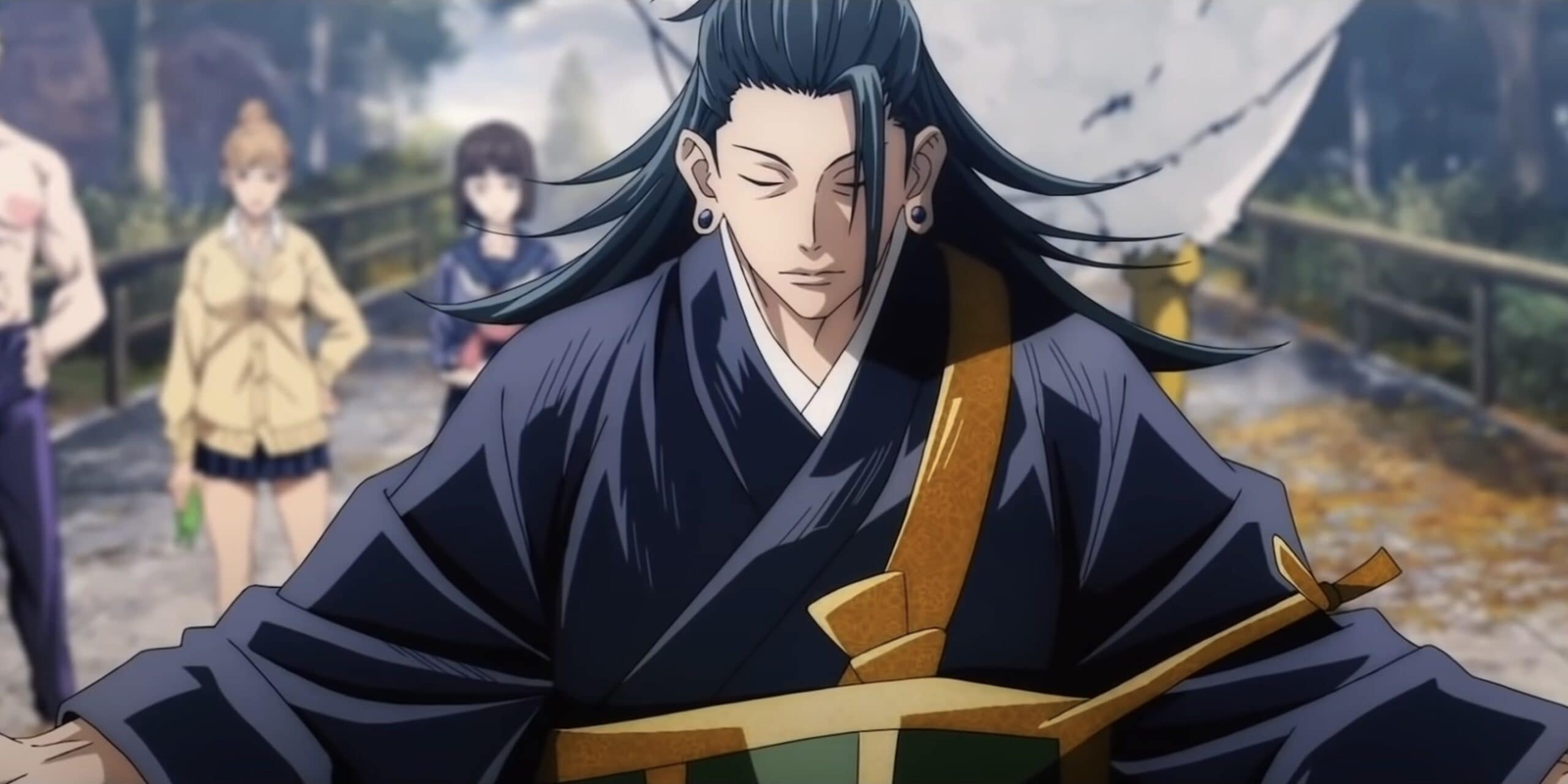
This also elucidates Geto’s lengthy longevity as a threat before his eventual downfall. Multiple story elements converge, with new developments and reveals accelerating the plot forward.
Understanding Suguru Geto’s Downfall in The Story
Chapter 249 of the Jujutsu Kaisen manga reveals that when Kenjaku severed Suguru Geto’s body, he released all of the Curses that Geto had stored over the years.
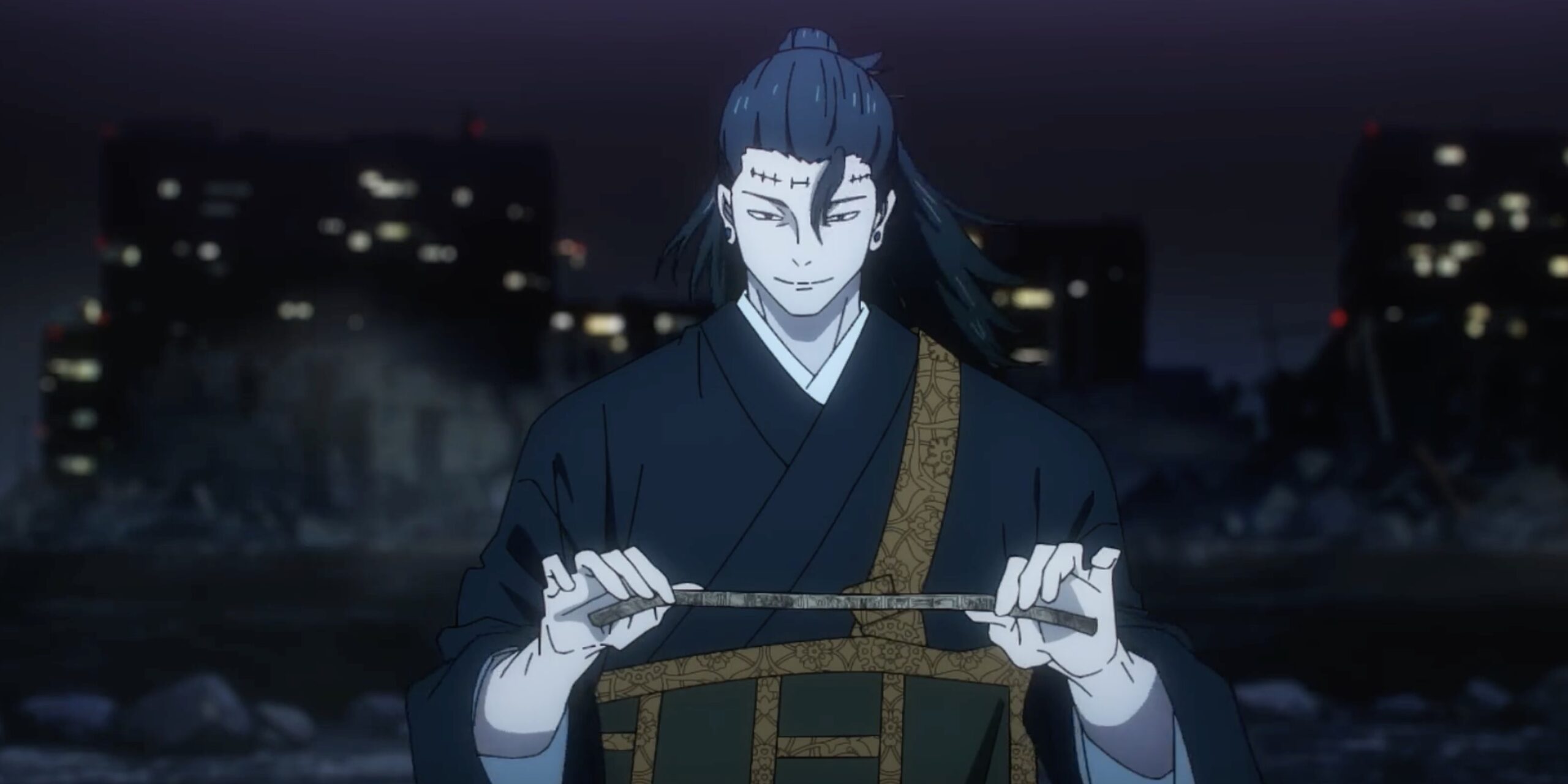
This explains why Geto wasn’t immediately executed by jujutsu sorcerers during his decade-long run as a dangerous terrorist – if they had killed him, it could have unleashed a tragedy.
Before writing this arc, author Gege Akutami likely hadn’t planned out the full context around Geto’s downfall. But this new chapter retroactively clarifies why defeating Geto had to be handled carefully.
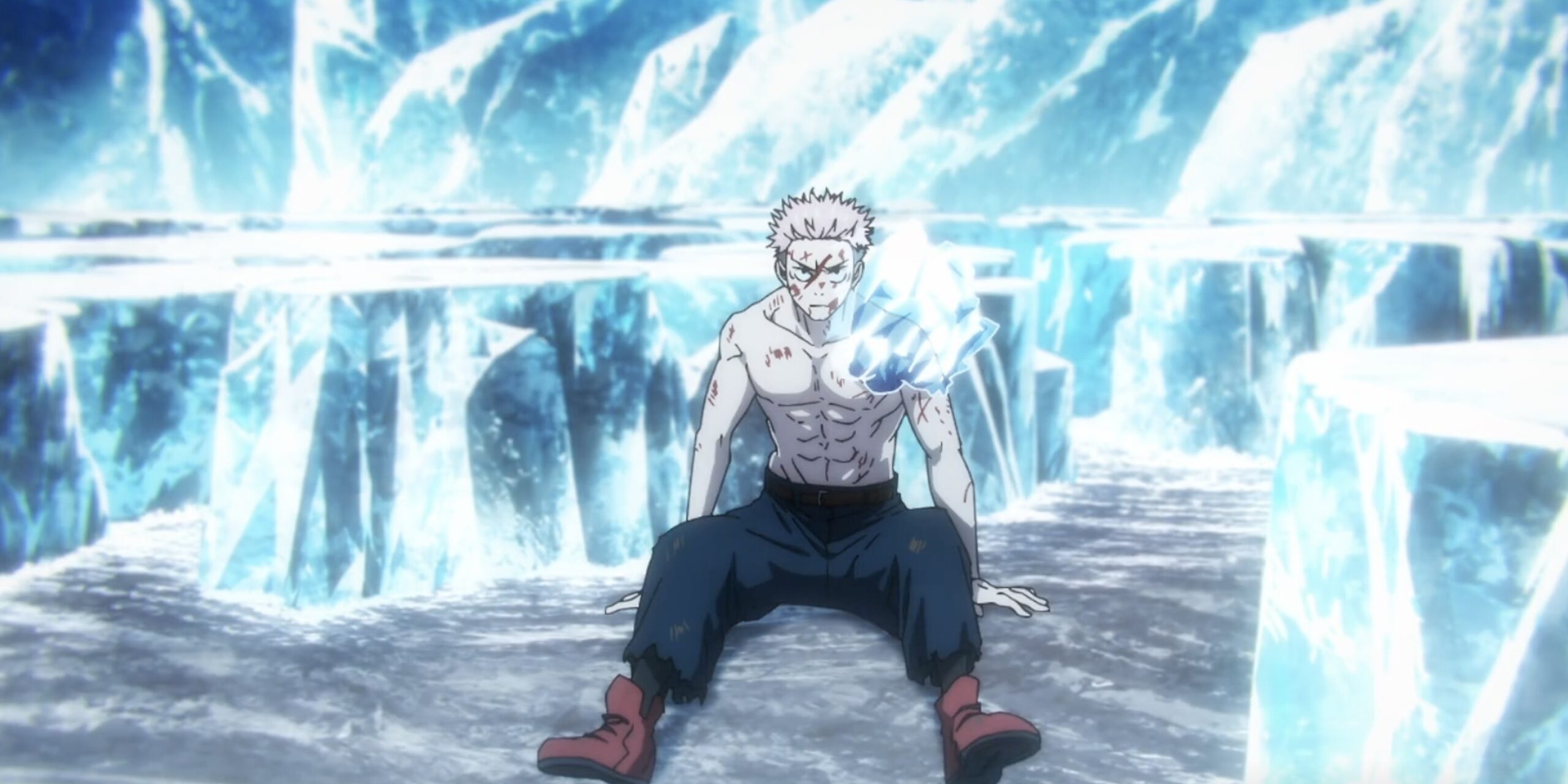
He possessed enough Curses to distract the jujutsu world’s defenders and battle a group including Yuta Okkotsu. Eliminating Geto without preparation may have enabled the Curses under his control to wreak havoc.
So while early installments didn’t depict the complex considerations around stopping Geto, the latest developments logicalize why cautious action was necessary. Taking Geto’s arsenal into account illustrates the potential fallout of reckless confrontation.
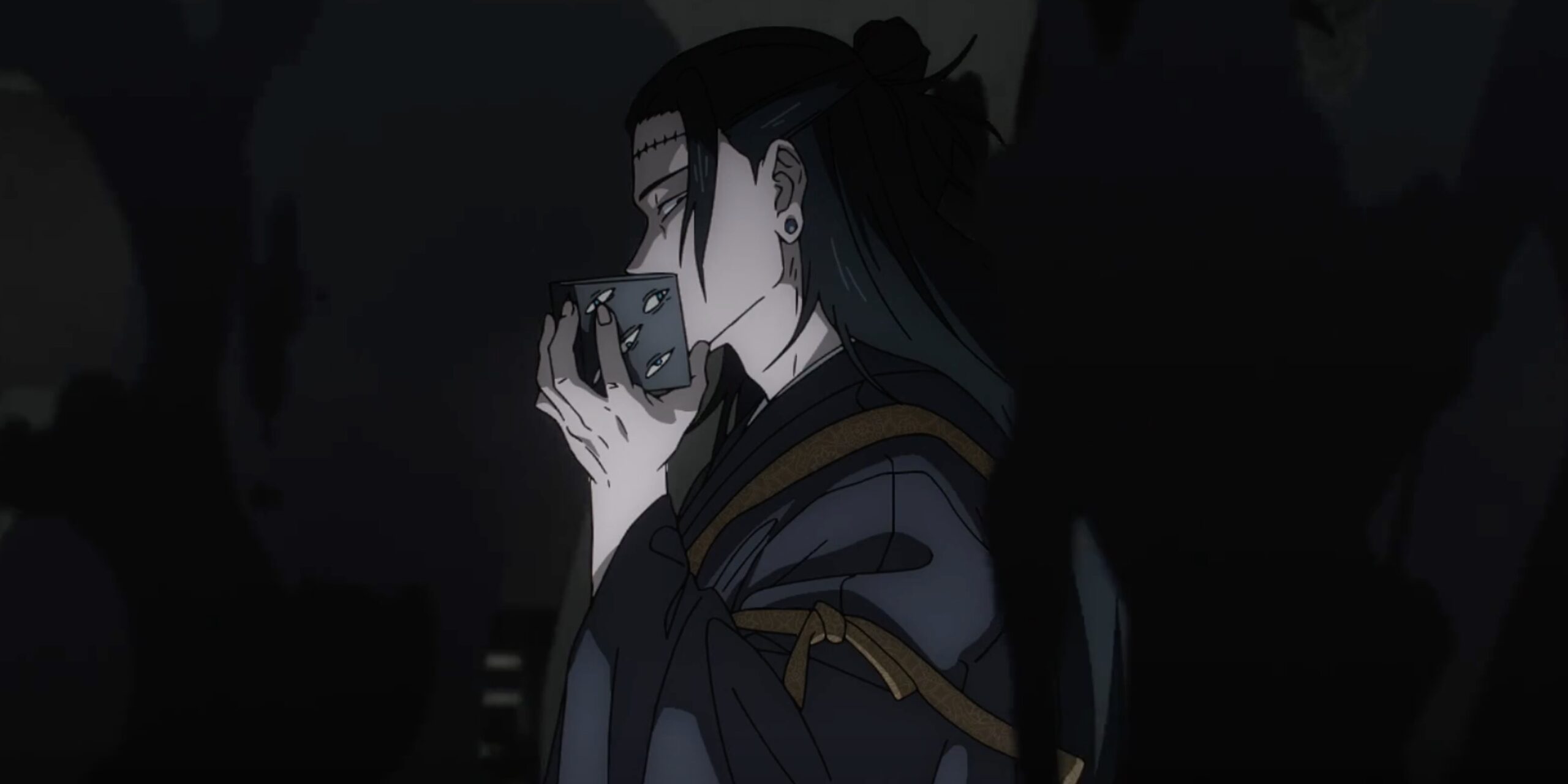
Chapter 249 ties up a lingering continuity loose end regarding a pivotal villain’s years of survival against jujutsu society.
The Far-reaching Impact of Suguru Geto
Though he has limited panel time, Suguru Geto is hugely impactful on the overarching Jujutsu Kaisen narrative. Alongside the likes of Yuki Tsukumo and Toji Fushiguro, Geto substantially shapes events despite his sparse appearances – primarily in Volume 0 as an antagonist and later via flashbacks.
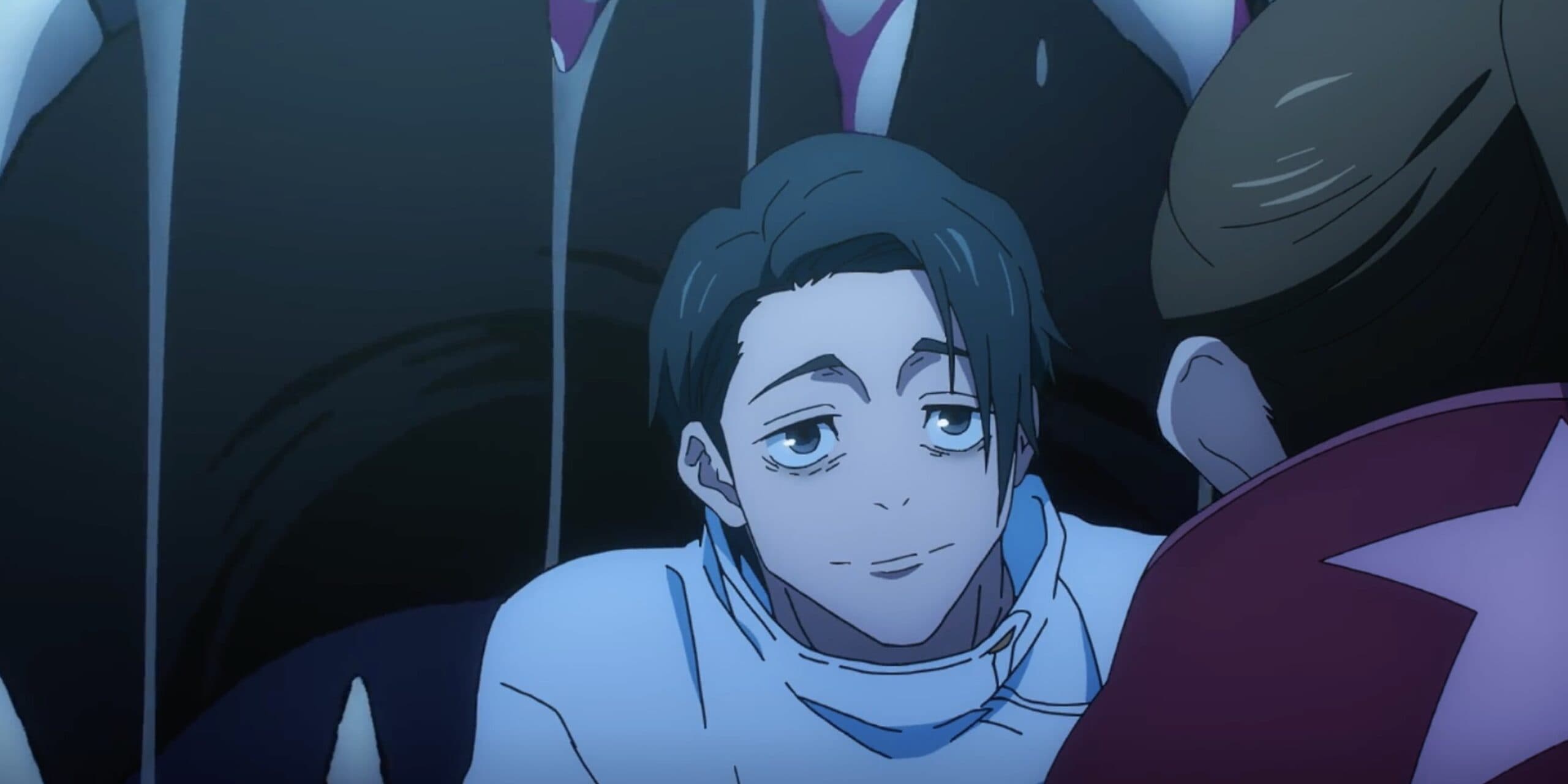
Geto’s descending to madness and terrorism prompted Satoru Gojo to become a teacher instead of solely a jujutsu sorcerer – a decision that led Gojo to eventually save and mentor crucial characters like Yuta Okkotsu and Yuji Itadori.
Furthermore, after death, Geto’s body and Cursed Technique were hijacked by the main villain Kenjaku. This gave Kenjaku the durable vessel and absorption abilities to enact his schemes.
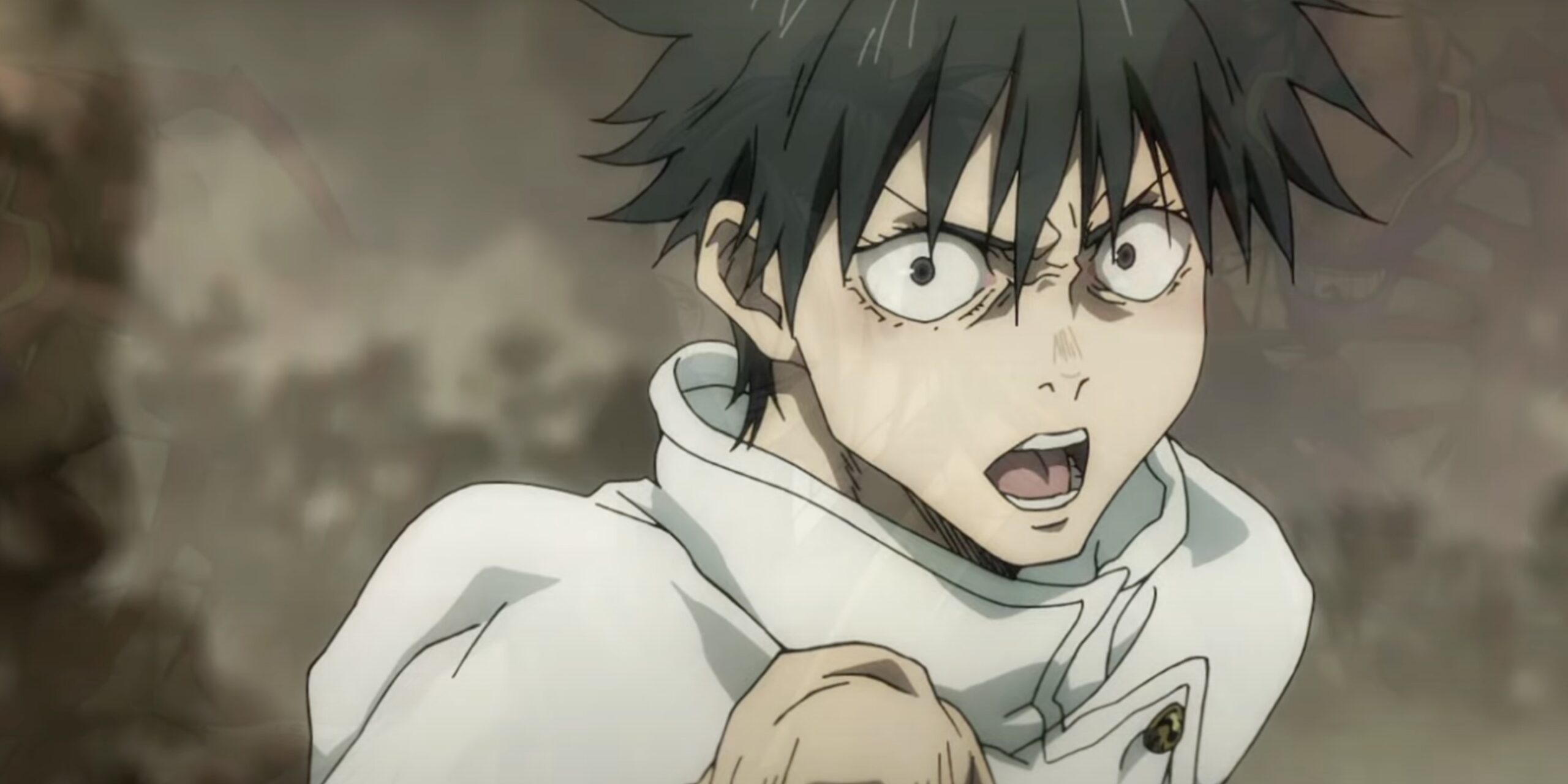
So while directly showing up infrequently, Geto’s personal breakdown and the fallout from his death indirectly established the foundations enabling core plot points.
His actions pressured Gojo toward teaching the protagonists, and his possessed corpse granted the primary antagonist essential power. For such limited panel time, Geto’s ripple effects on the central narrative are substantial.
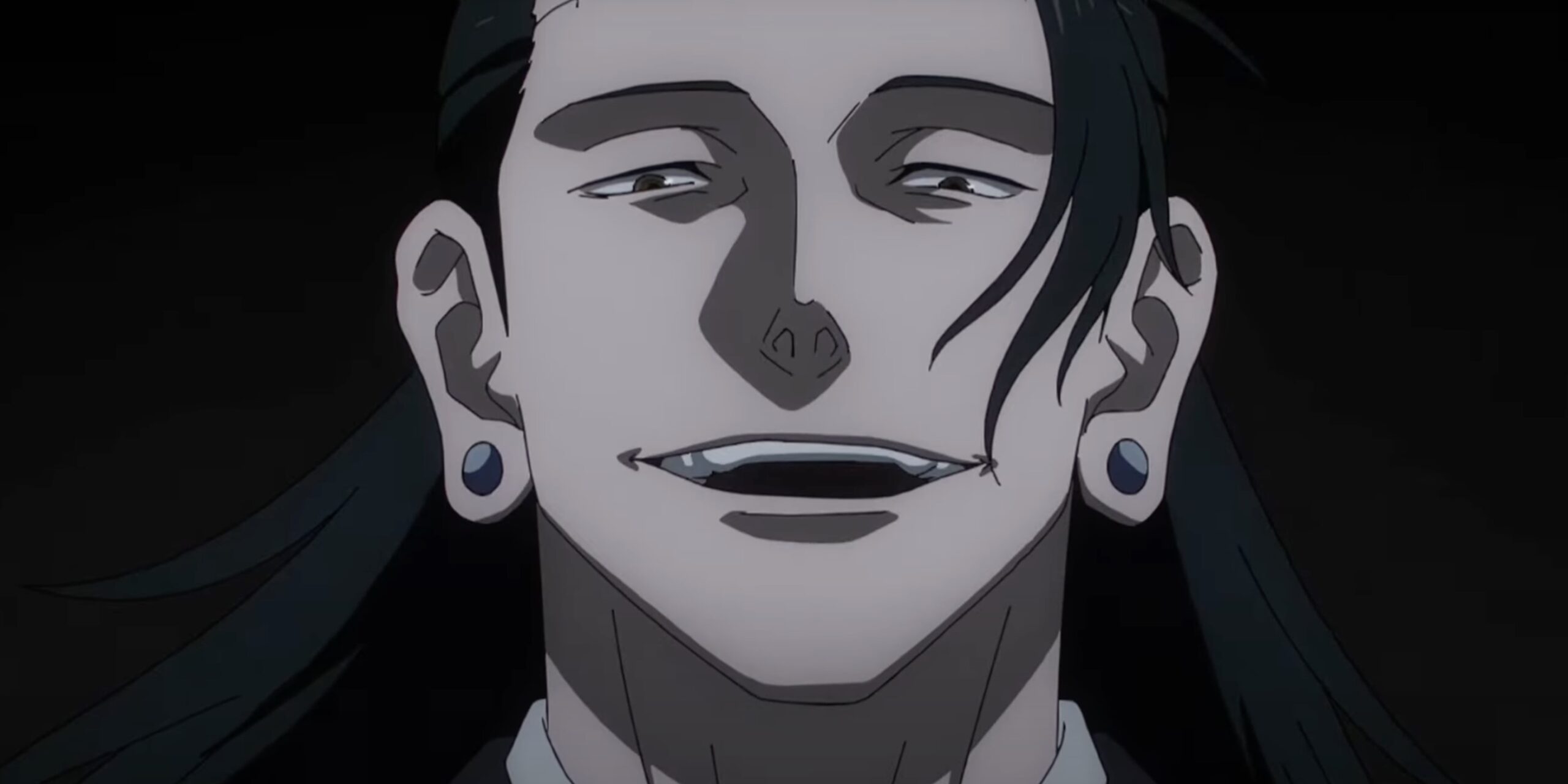
Beyond his direct plot influence, Suguru Geto also serves a great thematic purpose in criticizing the toxic failings of the jujutsu world order. Geto witnessed some of humanity’s worst atrocities while endlessly battling Curses from childhood.
The assassination of his friend Riko Amanai demonstrated the hypocritical ruthlessness jujutsu higher-ups used against their own kind.
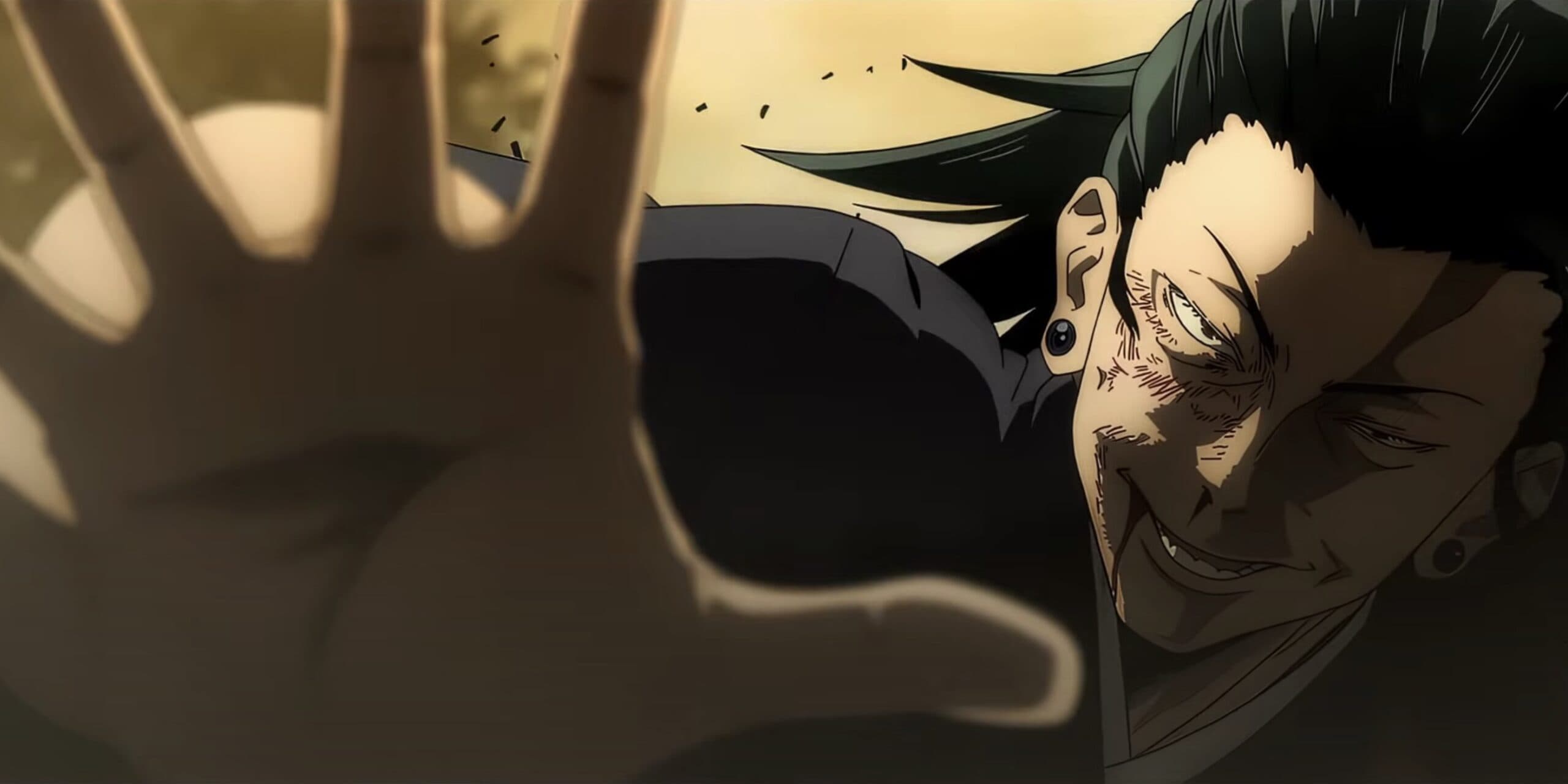
These traumatic experiences disillusioned Geto – he grew resentful towards non-sorcerer humanity for the endless curses their malice manifested.
Simultaneously, he condemned the uncaring, morally bankrupt jujutsu establishment for exploiting young sorcerers to protect the very people responsible for this endless Curse onslaught.
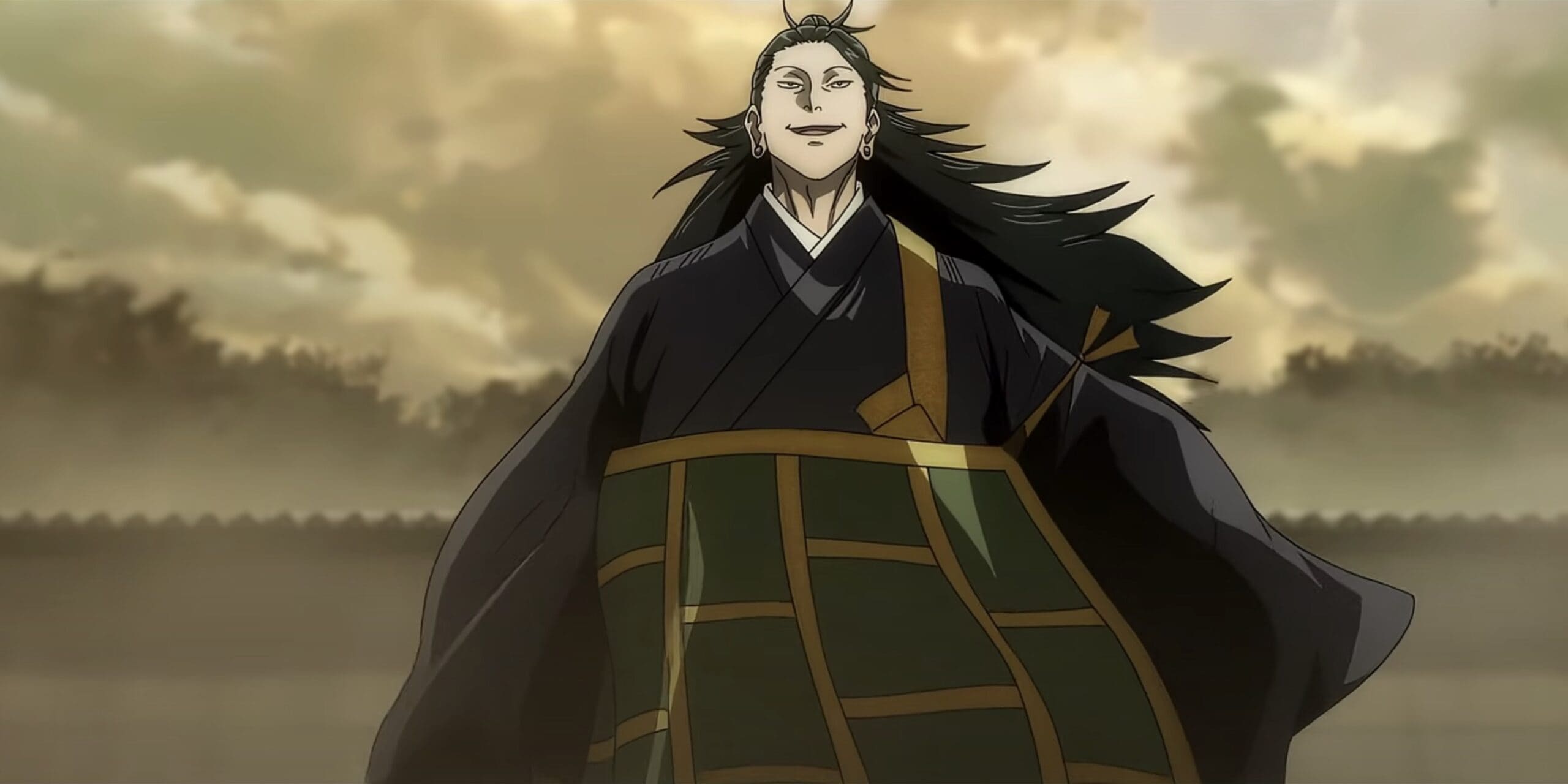
Geto thus highlights the cyclical nature of society’s ills harming both regular civilians and young jujutsu agents alike. His descent into vengeance aimed to break this cycle and establish a new order.
While extreme, his critiques regarding overworked sorcerers, human malice, and apathetic leadership reflect wider systemic flaws in the jujutsu world. Geto gives a damaged yet discerning voice to these issues.
